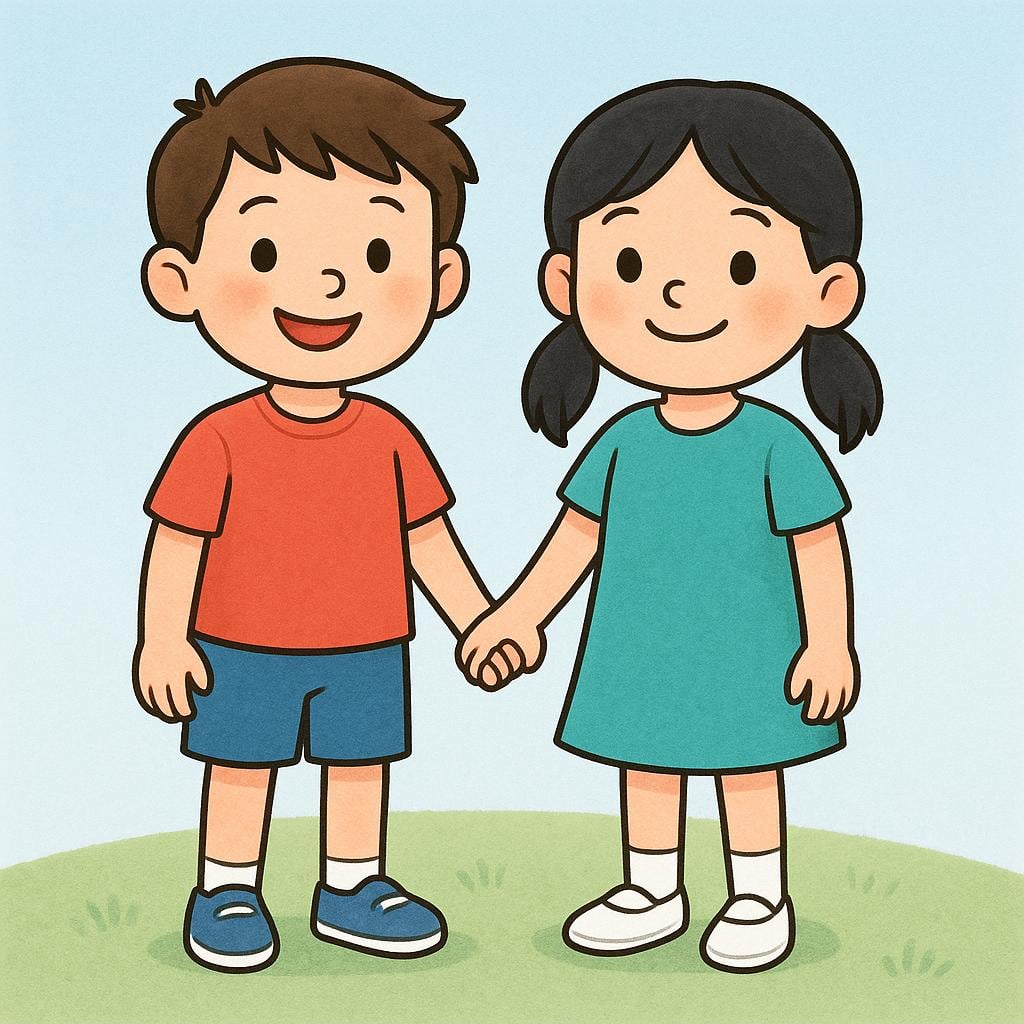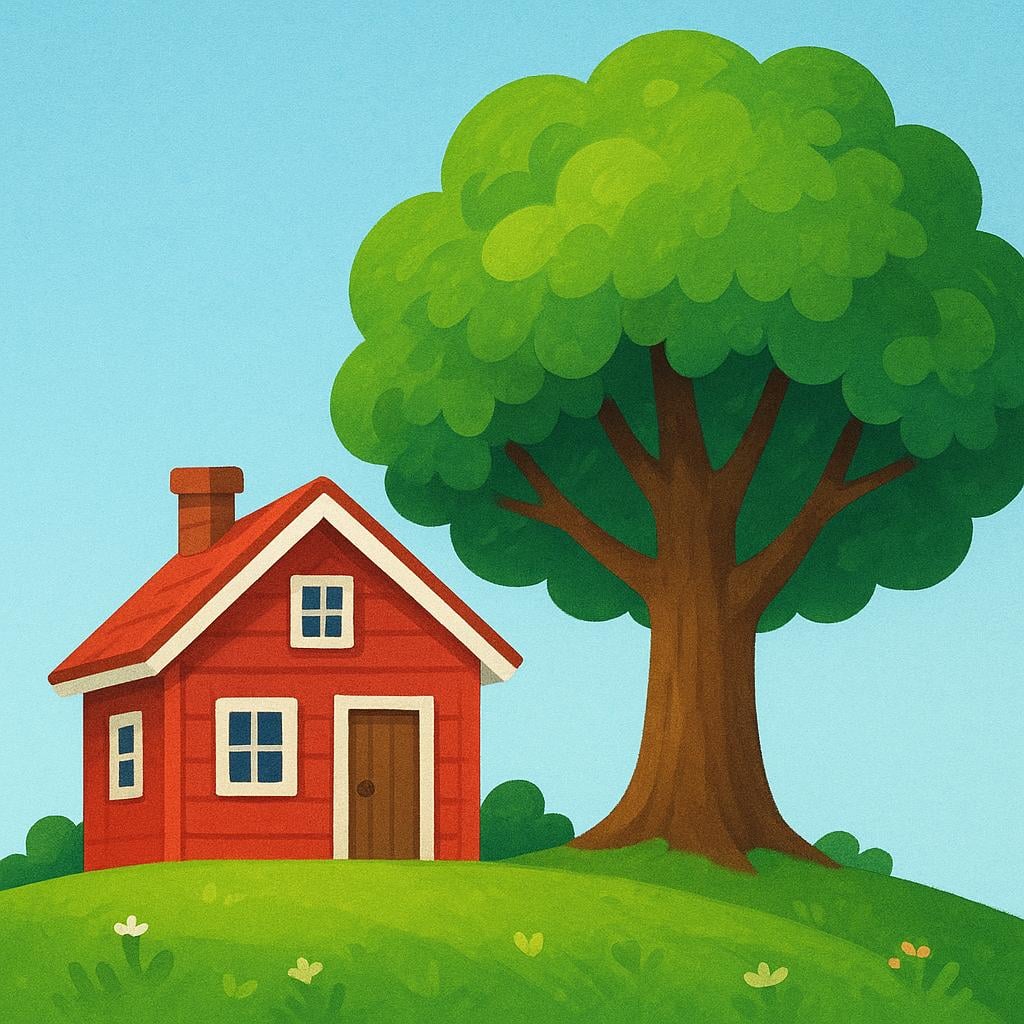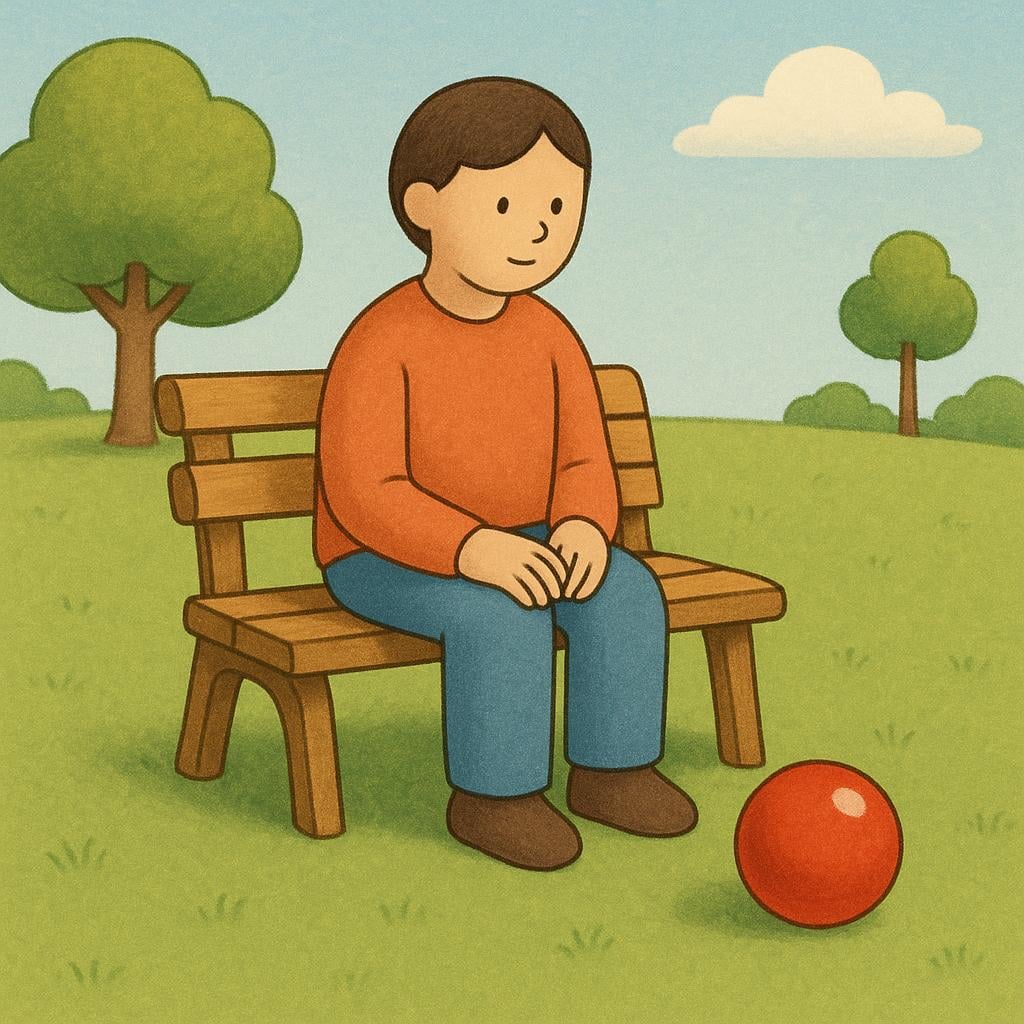junto
/HOON-toh/
together

Junto (or juntos/as) is an adjective meaning 'together,' emphasizing unity or companionship.
junto(Adjective)
together
?Describing people or things that are with each other.
joined
?Physical connection
,united
?In purpose or spirit
📝 In Action
Vamos al cine juntos esta noche.
A2Let's go to the movies together tonight.
Las dos familias viven en casas juntas.
B1The two families live in houses that are joined together.
Por favor, envíame todos los archivos juntos en un solo correo.
B1Please, send me all the files together in a single email.
💡 Grammar Points
It Must Match!
Like many describing words in Spanish, 'junto' has to change to match the person or thing it's talking about. Use 'junto' for one masculine thing, 'junta' for one feminine thing, 'juntos' for a group of masculine or mixed things, and 'juntas' for a group of feminine things.
❌ Common Pitfalls
Forgetting to Make it Plural
Mistake: "Mis amigos y yo vamos al parque junto."
Correction: Mis amigos y yo vamos al parque juntos. Since 'mis amigos y yo' is a group of people, you need the plural form 'juntos'.
⭐ Usage Tips
Show Teamwork
Use 'juntos' to emphasize that people are doing something as a team, as a couple, or as a group. It's great for showing unity and companionship.

The phrase junto a means 'next to' or 'beside,' indicating that one object is immediately adjacent to another.
junto(Used in a phrase)
next to / beside
?Used as 'junto a', 'junto al', 'junto a la'
along with / together with
?Expressing accompaniment
📝 In Action
La farmacia está junto al supermercado.
A2The pharmacy is next to the supermarket.
Por favor, siéntate junto a mí.
A2Please, sit beside me.
Junto a mis estudios, tengo un trabajo a tiempo parcial.
B2Along with my studies, I have a part-time job.
💡 Grammar Points
The Magic 'a'
To say 'next to something', you almost always need to add 'a' after 'junto'. If the next word is masculine, like 'el banco', 'a + el' combine to become 'al': 'junto al banco'.
❌ Common Pitfalls
Forgetting the 'a'
Mistake: "Mi casa está junto el parque."
Correction: Mi casa está junto al parque. You need that little 'a' to connect 'junto' to the place. Since 'parque' is masculine ('el parque'), 'a + el' becomes 'al'.
⭐ Usage Tips
'Junto a' vs. 'Cerca de'
'Junto a' means something is right beside something else, touching or nearly touching. 'Cerca de' means 'near' or 'close by', but not necessarily right next to it.

As an adverb, junto means 'close' or 'nearby,' describing proximity to an action or location.
📝 In Action
No vayas muy lejos, quédate a jugar aquí junto.
B1Don't go too far, stay and play close by here.
Vivimos muy junto, casi somos vecinos.
B2We live very close, we're almost neighbors.
💡 Grammar Points
Always Stays the Same
When 'junto' is used this way to mean 'nearby', it describes an action, not a noun. Because of this, it never changes. It's always 'junto', never 'juntos' or 'junta'.
❌ Common Pitfalls
Confusing 'Living Close' and 'Living Together'
Mistake: "Nuestras casas están muy juntas. (This is okay, meaning the houses are joined). But if you mean your families live near each other, it's better to be clear."
Correction: Vivimos muy cerca. (We live very close by). 'Vivimos juntos' means 'We live together' (in the same house), which is a very different meaning!
⭐ Usage Tips
'Cerca' is More Common
While you might hear 'junto' used to mean 'nearby', it's much more common for speakers to use the word 'cerca'. When in doubt, 'cerca' is a safe and natural-sounding choice.
✏️ Quick Practice
💡 Quick Quiz: junto
Question 1 of 2
Which sentence correctly says 'The children are playing together'?
📚 More Resources
Frequently Asked Questions
What's the difference between 'juntos' and 'junto a'?
'Juntos' means 'together' and describes people or things doing something as a group (e.g., 'Cenamos juntos' - We dine together). 'Junto a' means 'next to' and describes where something is located (e.g., 'Estoy junto a la ventana' - I am next to the window).
Is 'junto' the same as 'cerca'?
They're very similar! 'Junto a' means something is right beside something else, often touching. 'Cerca de' means 'near' or 'in the area'. So, your friend's house can be 'cerca de' your house (on the same street), but your phone is 'junto a' your computer (right next to it on the desk).